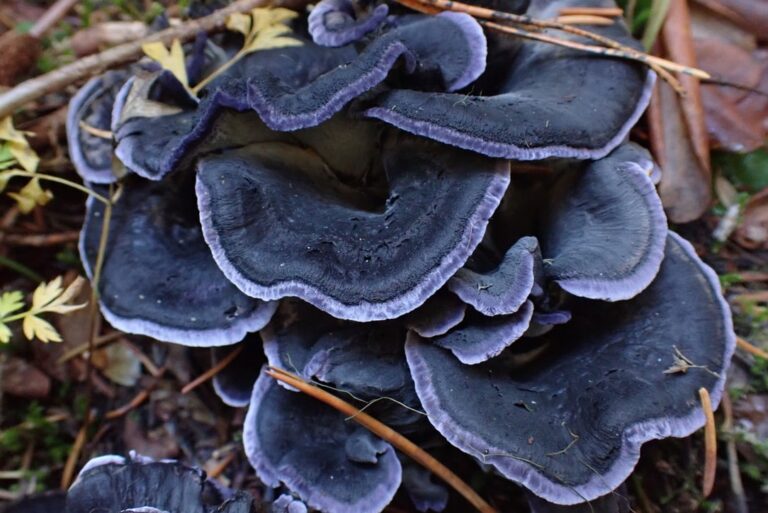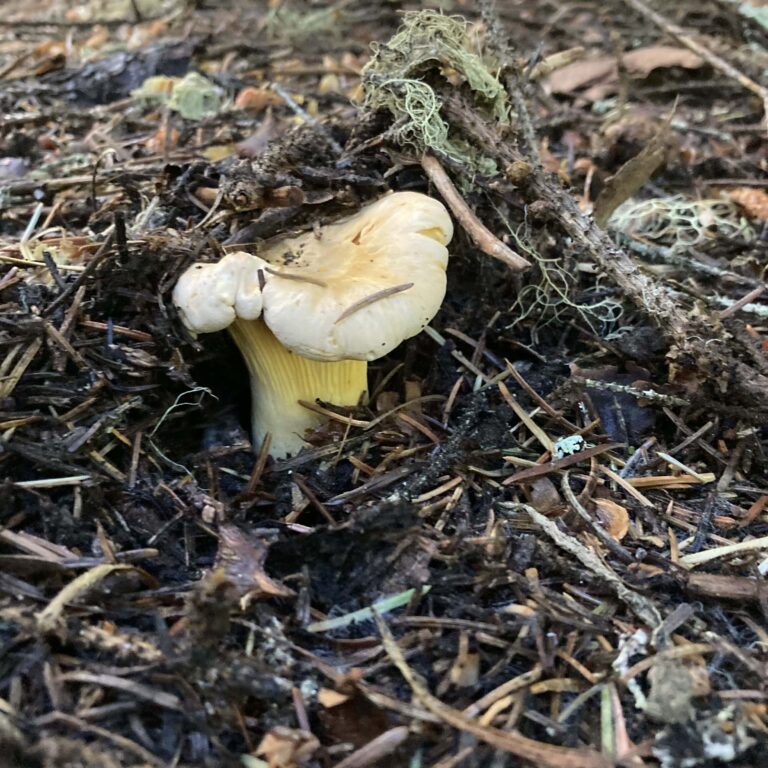Hello planning team,
Thanks for your work to make a new forest plan. After careful reading, we observe the draft forest plan fails to include any mention of fungi, and only mentions mushrooms tangentially to OFP (Other Forest Products, widely known as Non Timber Forest Products).
To merely whine about absence is pointless. Therefore I’m outlining below a few specific examples of places in the draft forest plan that rely upon or impact fungi and fungal processes where these organisms are not mentioned, using acronyms as employed in the document. The USDA publications we offered the team during the assessment phase and in comments 5662-29 and 5229-33 suggest ways to incorporate and expand the role fungi must necessarily play in any ecosystem model, especially here in Region 1 where ectomycorrhizal fungi are key to the survival and thrival of pine and fir species!
To ignore the role of fungi in forest ecosystems is to ignore 50 years of peer-reviewed science and a mushrooming public awareness of mycology that is exemplified by the recent National Geographic magazine cover story (April 2024) that mirrors the science we present here. In the face of unprecedented climate changes, it is key to understand the fungal processes that forests have employed and depended upon for millennia to accommodate and mitigate change. And further, recognizing basic causes of mycorrhizal fungal mortality such as soil temperature and compaction is necessary for any meaningful forest modeling.
This forest plan can reflect the expanded understanding of fungi gained in the last decades and establish a path forward using best scientific methods to help conserve water in the face of rising global temperatures, and gaining the public’s respect by acknowledging the previous 1985 plan’s shortcomings due to incomplete information about these essential mycorrhizal life partners to the trees we so value. There is an opportunity to bring policy more in line with the biological realities we all must face in the future, and correct an oversight before it blindsides us.
An example of some specific areas where Fungi should be included in the current draft can be found below:
1.8 BASI forest wide ecological roles.. mycorrhizae?
1.9 Assessing relevant information
VEGF desired conditions
05 snags
06 moisture retention
07 fire refugia
08 hardwood spp associates
10 CWD levels, relative to fungal metabolic needs
OG
03 carbon sequestration
VEGN
FFW no mention of BCR, no soil C due to fungi
WTR/RM2. riparian
(see accessory info RE american rivers)
2.1.2 Species Diversity, fungi unmentioned, see species of special interest in reference documents
PRISK role of fungi in whitebark pine mitigation
2.2.1 Ecosystem Services
01 fungi unmentioned
02 add mushroom hunting
03 NTFP
CC no fungi, vital role of soil compaction and soil temperatures ignored
CARB no fungi, which account for 51+% of soil carbon
SOIL-GDL
06 BCR, CWD, vital role in moisture control unmentioned
2.2.2 Recreation
PUB goal of educating public about fungi
RIVER veg management for fungi impacted by riparian habitat fragmentation
2.2.6 Designated Areas. Need to maintain NTFP reserves that are excluded from the timber base.
ALR mushroom mitigation
GRAZ GDL
O4
05
06
OFP
01
FW TIM GDL
01
02
03
Chapter 3
3.2.3 Other Designated areas ofp NTFP RESERVES
3.2.8 recreation
3.3.5 no opportunity for mushroom gathering
3.6.2 has considerable history/importance for mushroom gathering
3.7 has considerable historical and NTFP (ofp) values
Chapter 4
MA1 suit
03
04
4.2
4.3 MA backcountry
pg 184 Soils need more informed discussion
186 IRA
The purpose here is to illustrate the far reaching impacts that fungi have on tree growth, nutrient and water availability, soil and watershed management, and forest diversity, and to promote practices that encourage a healthy rhizosphere.


